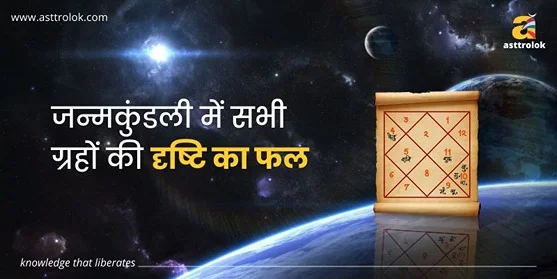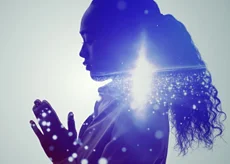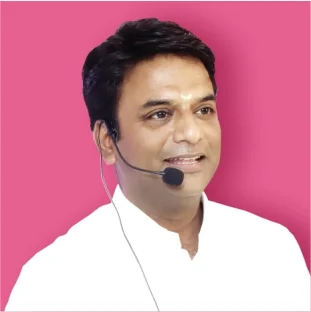
Navratri is a vibrant and spiritually significant festival celebrated by Hindus around the world. It lasts for nine nights and ten days, during which devotees worship the nine forms of Goddess Durga, also known as Navadurga. Each day of Navratri is dedicated to one of the nine divine manifestations of Goddess Durga. In this blog, we will delve into the significance of Navratri, the rituals and remedies associated with it, and explore the essence of the festival.
Know more about the significance of the Festival. Get an online astrology consultation by the world-renowned astrologer Mr. Alok Khandelwal.
The Significance of Navratri
Navratri, which means 'nine nights' in Sanskrit, is a celebration of the divine feminine energy and symbolizes the triumph of good over evil. During these nine nights, devotees engage in prayer, fasting, and other religious practices to invoke the blessings of Goddess Durga. The festival is celebrated with great fervor and joy across India and beyond.
The Nine Divine Forms of Goddess Durga
1. Shailputri
Shailputri is the first manifestation of Goddess Durga and is worshipped on the first day of Navratri. She is depicted as a young woman holding a trident and riding a bull. Devotees believe that worshipping Shailputri brings strength, stability, and prosperity.
2. Brahmacharini
On the second day of Navratri, the goddess is worshipped as Brahmacharini, symbolizing penance and devotion. She holds a rosary in her right hand and a water utensil in her left. Devotees seek her blessings for spiritual growth and inner strength.
3. Chandraghanta
Chandraghanta, the third form of Goddess Durga, is worshipped on the third day of Navratri. She is depicted with a 'Chandra' or half-moon on her forehead and is believed to ward off evil and bestow peace and tranquility.
4. Kushmanda
Kushmanda, the fourth manifestation of the goddess, is worshipped on the fourth day of Navratri. She is believed to have created the universe with her divine smile, bestowing health, wealth, and strength upon her devotees.
5. Skandamata
Skandamata, the fifth form of Goddess Durga, is worshipped on the fifth day of Navratri. She is depicted holding her son, Lord Skanda, and blesses her devotees with wisdom, intellect, and courage.
Read also: Zodiac Signs Travel Destinations: Explore Your Ideal Journey
6. Katyayani
On the sixth day of Navratri, Katyayani, the fierce and powerful form of the goddess, is worshipped. Devotees seek her blessings for courage, protection, and victory over obstacles.
7. Kaalratri
Kaalratri, the seventh form of Goddess Durga, is worshipped on the seventh day of Navratri. She is the fiercest form, destroying ignorance and removing darkness from the lives of her devotees.
8. Mahagauri
Mahagauri, the eighth manifestation of Goddess Durga, is worshipped on the eighth day of Navratri. She symbolizes purity and grants forgiveness, blessings, and an end to suffering.
9. Siddhidatri
Siddhidatri, the ninth and final form of the goddess, is worshipped on the ninth day of Navratri. She possesses supernatural healing powers and blesses her devotees with success, achievements, and prosperity.
The Rituals and Remedies of Navratri
During Navratri, devotees perform the Navadurga Poojan, a ritual of worshipping the nine forms of Goddess Durga. This involves offering prayers, performing aarti (ritual of offering light), chanting mantras, and making special food offerings. Fasting is also a common practice during Navratri, where devotees refrain from consuming certain foods for spiritual cleansing and dedication to the goddess.
Conclusion
Navratri is a festival that epitomizes devotion, spirituality, and the victory of good over evil. The nine nights of worshiping the different forms of Goddess Durga instill a sense of strength, peace, and prosperity in the lives of devotees. By actively participating and embracing the rituals of Navratri, one can experience spiritual growth and inner fulfillment.
Read also: Sarvapitru Amavasya 2023: Significance, Rituals, and Traditions
Comments (0)
Categories
Recent posts


जन्मकुंडली में ...
30 Aug 2023
Importance of Bhakoot Koota in Kundali ...
30 Aug 2023

.webp)














